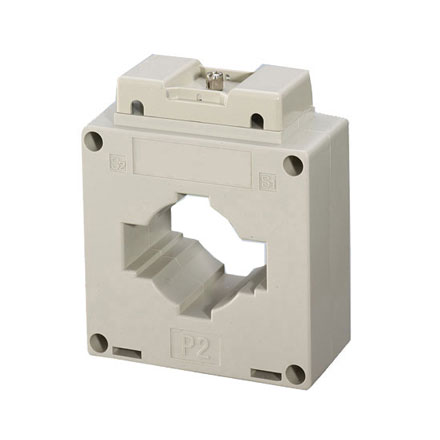How to measure the polarity of current transformer?
- DC Method
Connect the positive and negative electrode of a 1.5~3V battery with the primary coil L1 and L2 of the transformer respectively, connect the transformer's secondary side K1, K2 respectively with the positive and negative electrode of a milliammeter. After the loop is well connected, the indicator of milliammeter turns clockwise while connecting K, and turns anticlockwise while disconnecting K, that means the transformer's terminal connecting with the positive electrode of the battery has the same polarity with the terminal connecting with the positive end of the milliammeter, namely L1 and K1 have a same polarity and the transformer is a subtractive polarity. If the indicator turns conversely to the above, the transformer is an additive polarity.
- AC Method
Connect the L2 and secondary side K2 of the current transformer's primary and secondary coil with wires, then add an 1~5V AC voltage to the secondary side, measure the U2 and U3 with a voltmeter below 10V, if U3=U1-U2, the transformer is a subtractive polarity; if U3=U1 U2, the transformer is an additive polarity.
Notice: Add relatively low voltage in the test, otherwise large current damages the coil. For clear reading, the voltmeter had better choose a small range. AC method is simple and accurate when the transformer ratio is below 5, however, it’s not applicable for a transformer ratio above 10, because U2 is smaller, U3 and U1 are equivalent, it’s not easy to distinguish the reading. Therefore, this method is not recommended to measure the polarity.
- Meter Method
Generally, the transformer calibrator is equipped with a polarity indicator, it can test the polarity in advance before measuring the current transformer error. If the indicator has no indication, meaning that the polarity of the tested current transformer is correct. (subtractive polarity)

